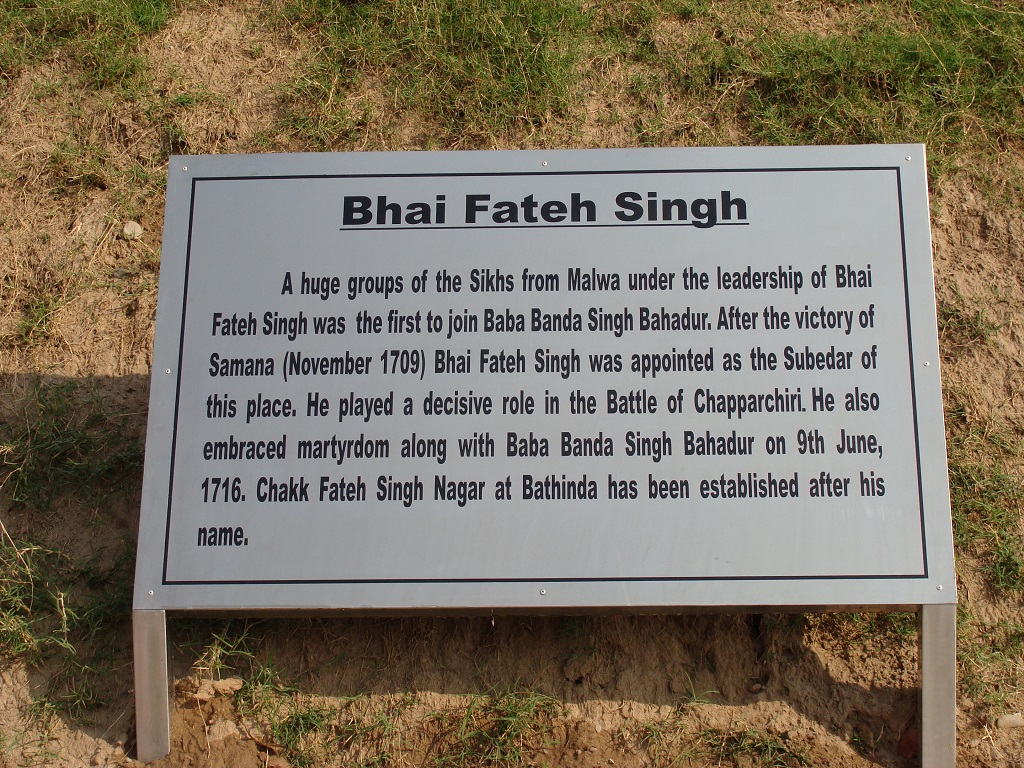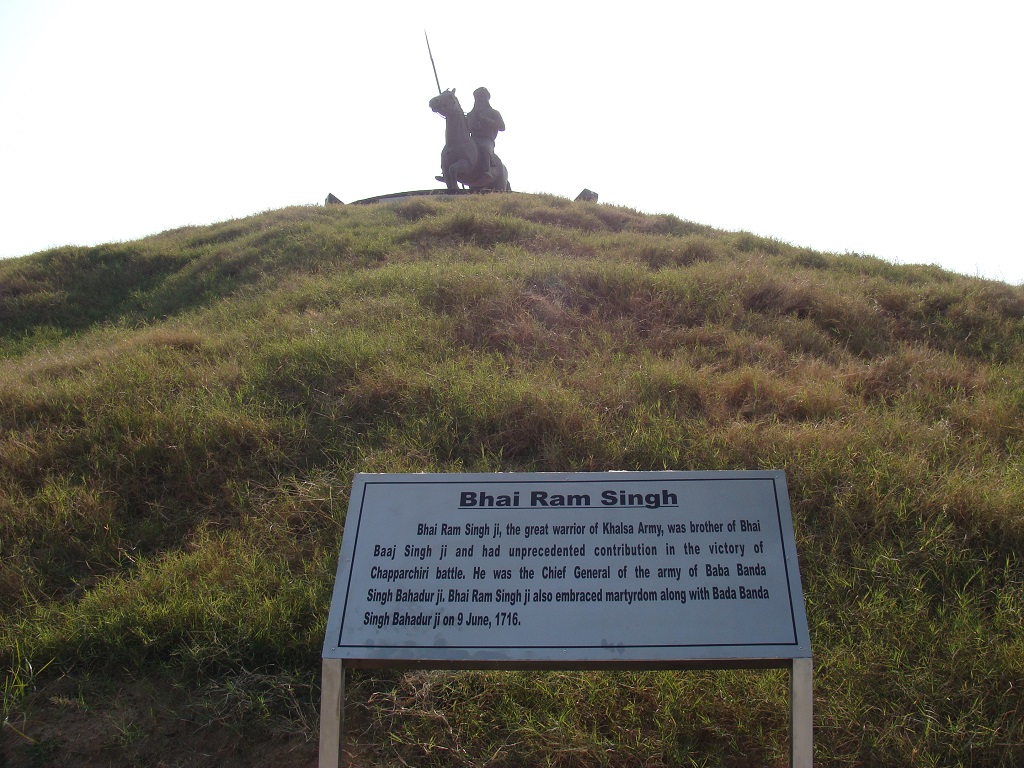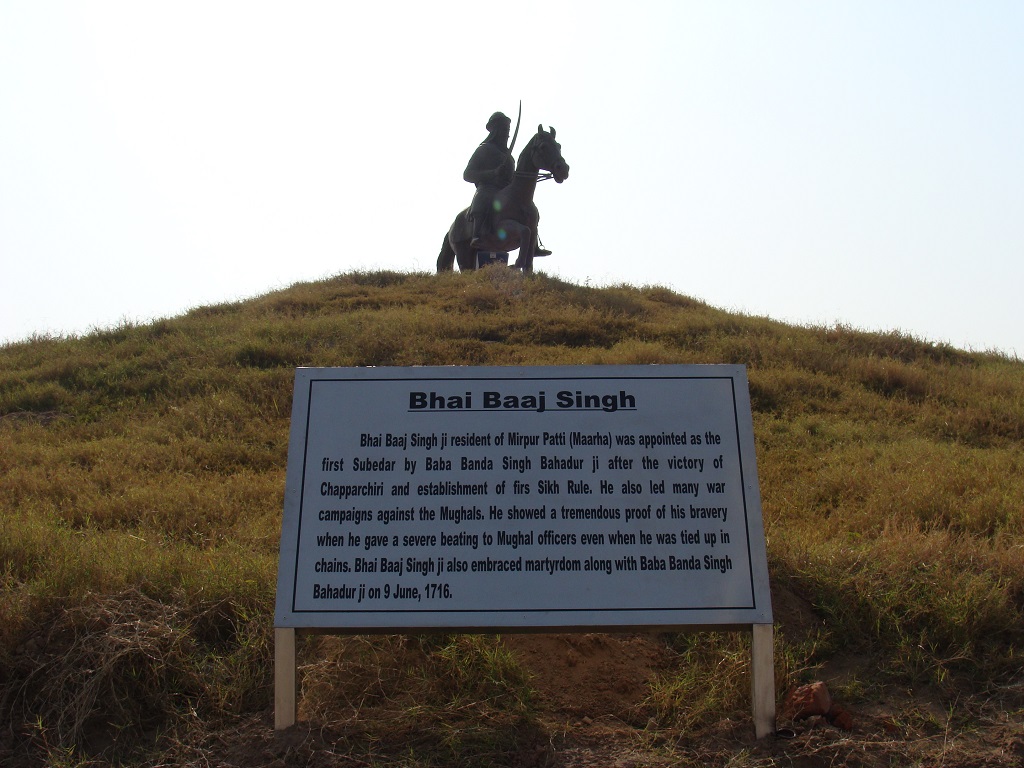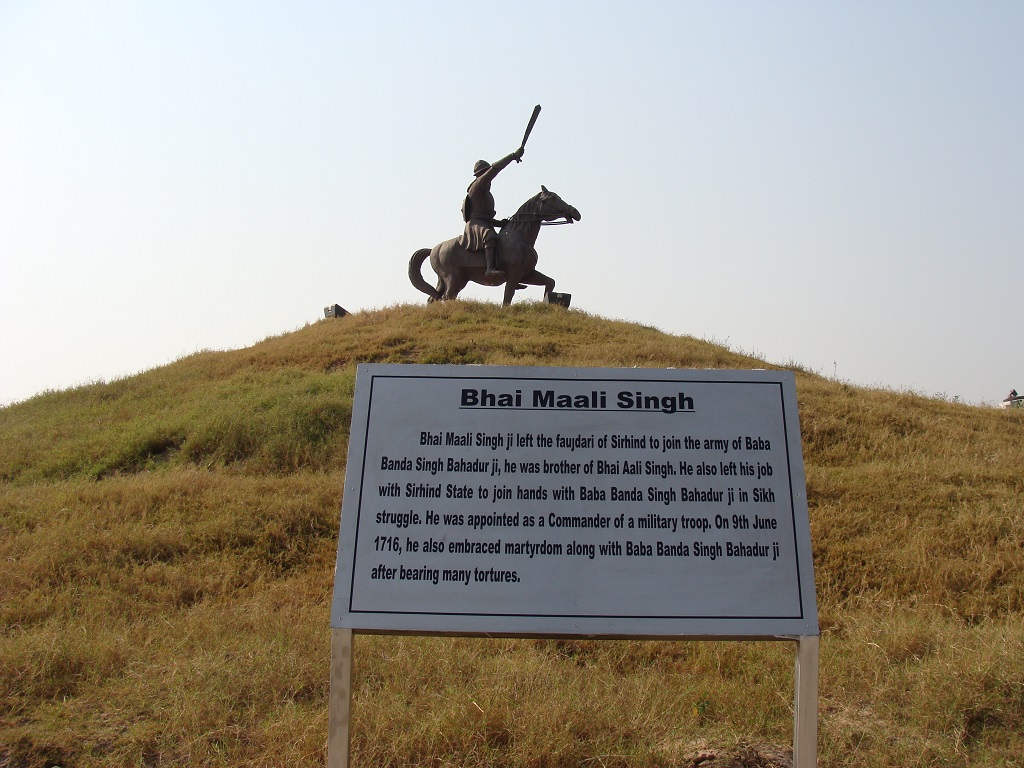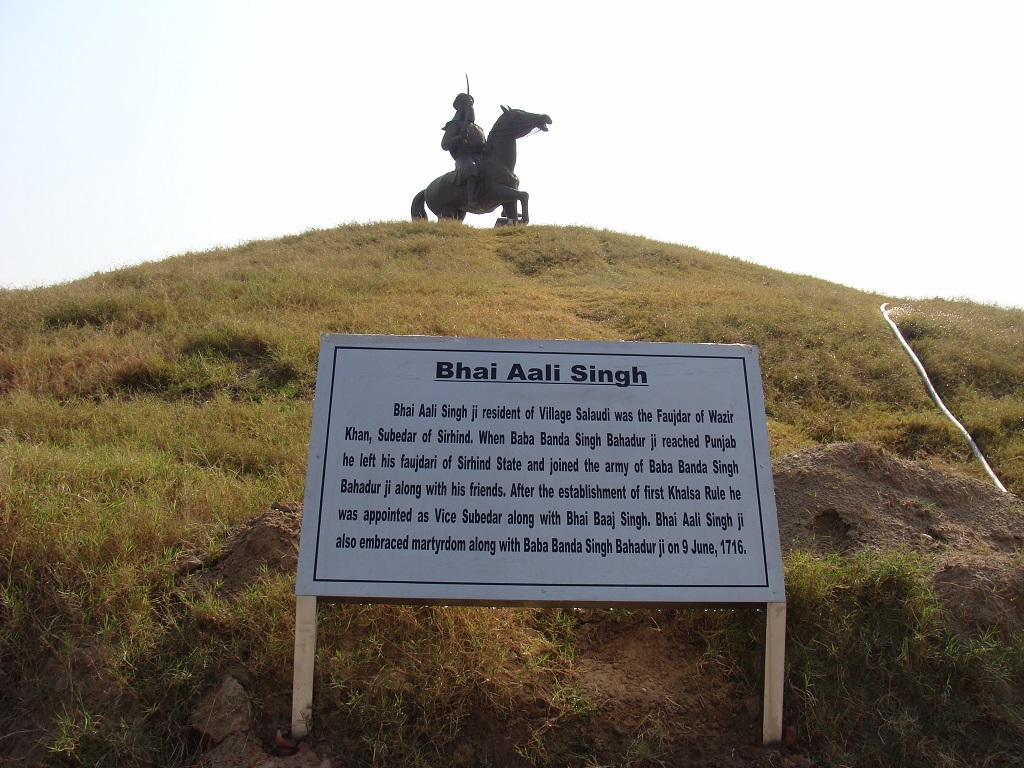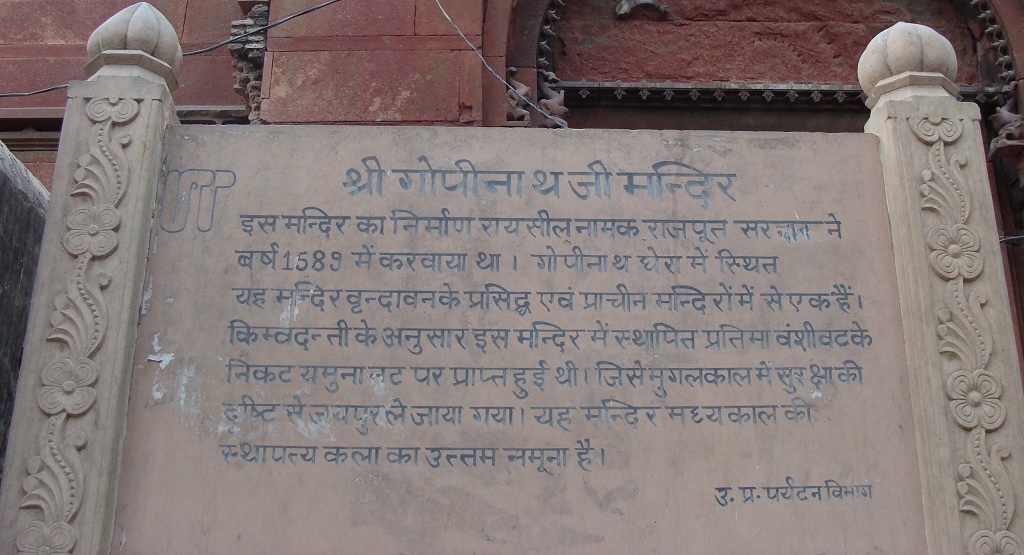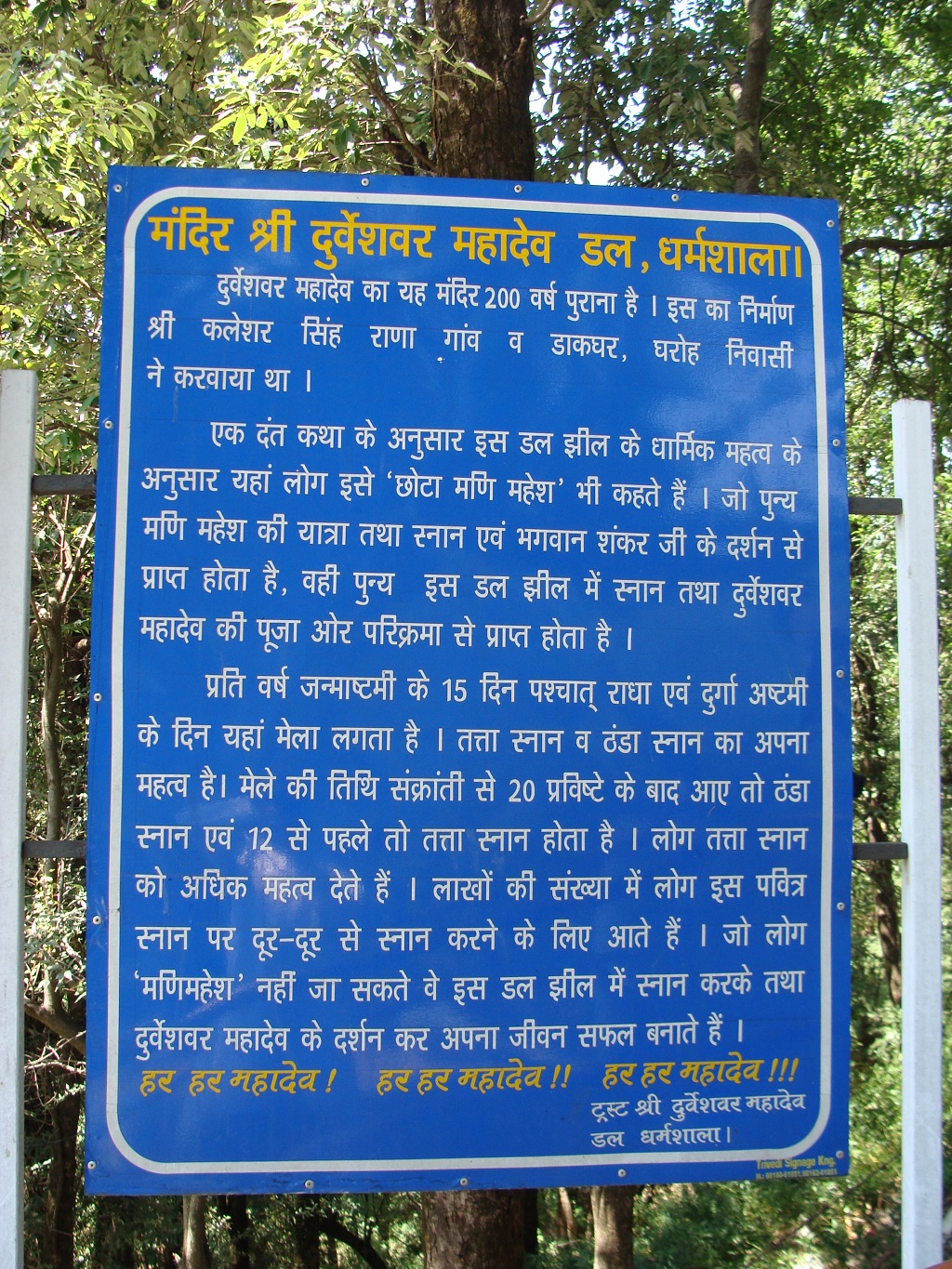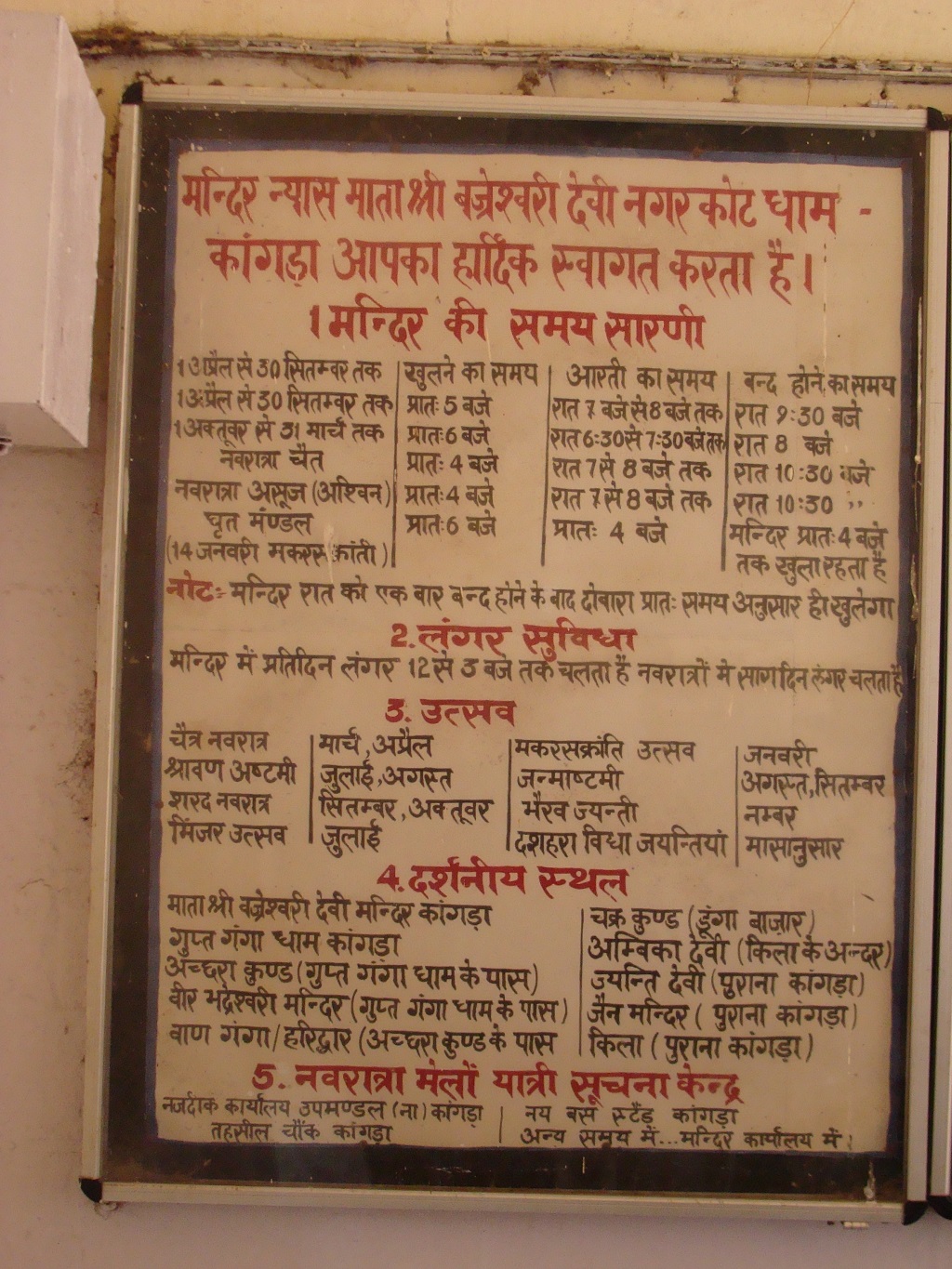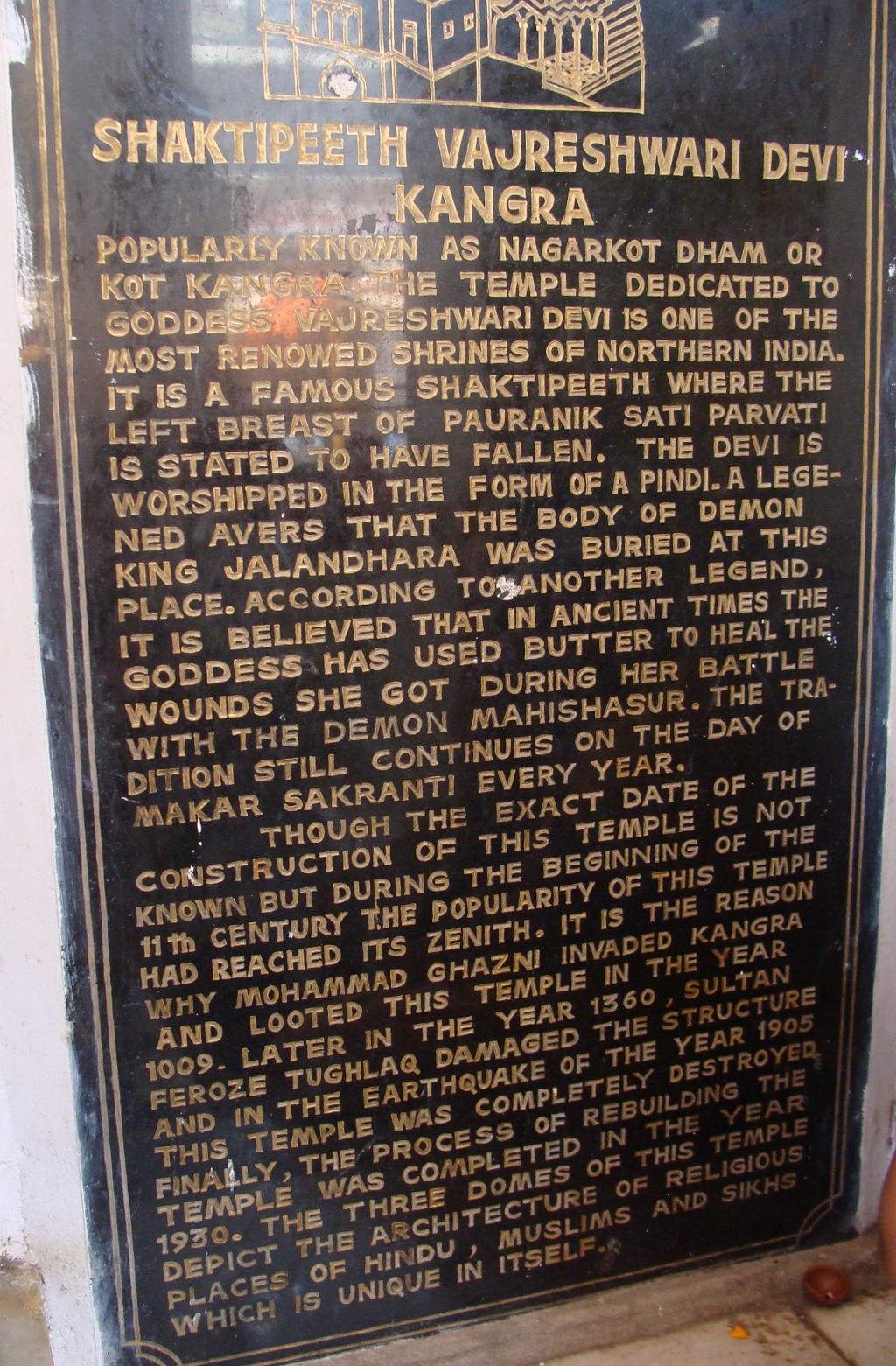भाई फ़तेह सिंह
भाई फतेह सिंह के नेतृत्व में मालवा से सिखों का एक विशाल समूह सबसे पहले बाबा बंदा सिंह बहादुर के साथ शामिल हुआ। समाना की विजय (नवम्बर 1709) के बाद भाई फतेह सिंह को यहाँ का सूबेदार नियुक्त किया गया। उन्होंने चप्परचिरी की लड़ाई में निर्णायक भूमिका निभाई। 9 जून, 1716 को बाबा बंदा सिंह बहादुर के साथ उन्होंने भी शहादत प्राप्त की। बठिंडा में चक्क फतेह सिंह नगर उनके नाम पर स्थापित किया गया है।
(English to Hindi Translation by Google Translate)
About: Bhai Fateh Singh – This photo was taken at Fateh Burj, Chappar Chiri in Mohali (Punjab).
